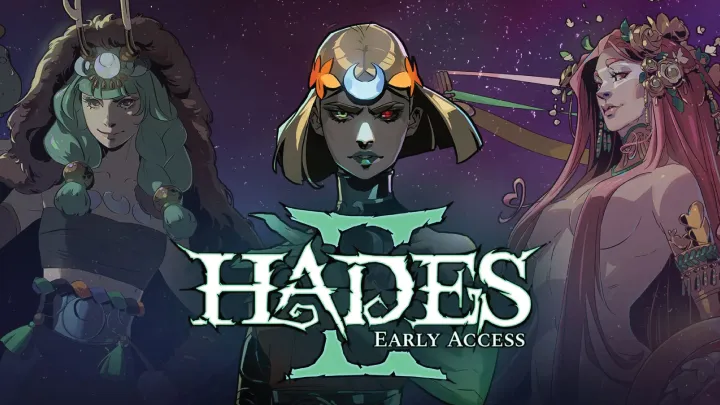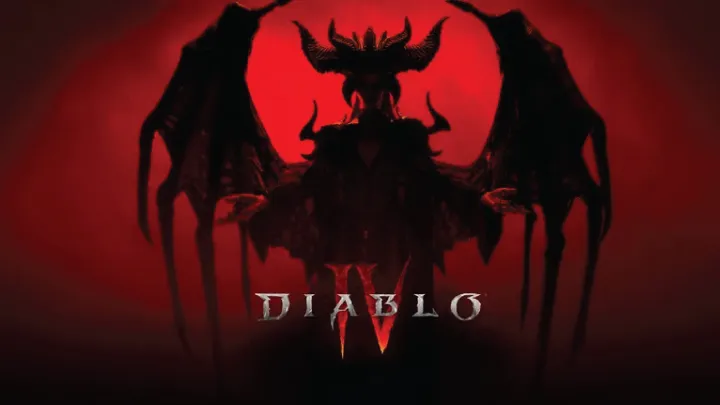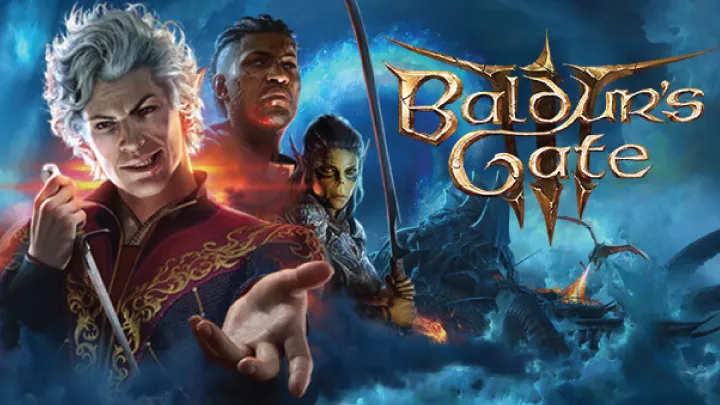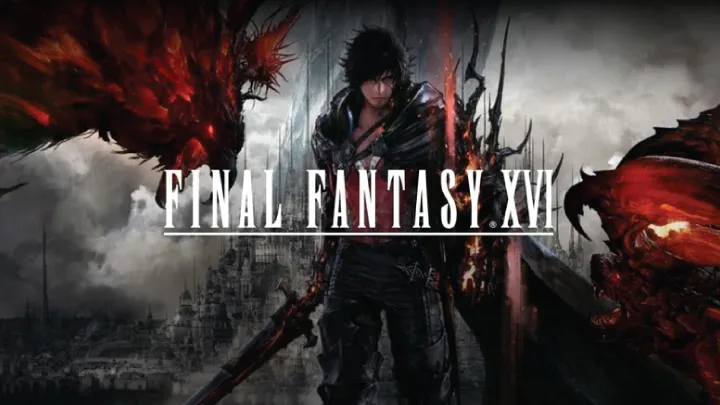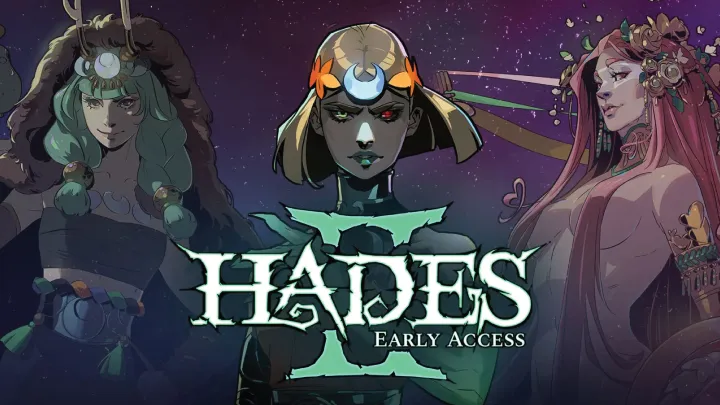
In the realm of indie gaming, Hades II emerges not only as a sequel to the critically acclaimed Hades but as a profound exploration of themes surrounding family and identity. Building upon the rich tapestry of Greek mythology, Hades II delves into the complexities of familial relationships and the personal quests for self-discovery. This article will examine how the game utilizes its characters, narrative arcs, and mythological elements to explore these themes in depth, providing players with a resonant experience that extends beyond the confines of the game.
The Continuation of a Legacy: Setting the Stage
Hades II picks up where its predecessor left off, plunging players back into the Underworld while introducing new characters and dynamics. The game follows Melinoë, the sister of Zagreus, as she navigates her own journey to confront the legacy of her family.
The Mythological Background
Melinoë, rooted in Greek mythology, is often depicted as a goddess associated with ghosts and the realm of the dead. Her introduction into Hades II adds layers of complexity to the narrative, as she is not merely a side character but a protagonist grappling with her identity and the weight of her lineage.
The Significance of Family Ties
The familial connections in Hades II are central to the narrative. The game explores how Melinoë's relationship with her brother, Zagreus, and their father, Hades, influences her journey. These ties create a rich emotional landscape, allowing players to engage with the characters' struggles on a personal level.
The Struggle for Identity: Melinoë's Quest
As players assume the role of Melinoë, they are thrust into a world where her identity is constantly in flux. The struggle for self-discovery is a prominent theme as she confronts her past and the expectations placed upon her by her family.
The Weight of Expectations
Melinoë grapples with the expectations set by her father, Hades, and the legacy of her lineage. Unlike Zagreus, who fights to escape the Underworld, Melinoë's journey is more introspective. She seeks to understand who she is beyond the shadows of her family's history.
The Quest for Autonomy
Throughout the game, players witness Melinoë's evolution as she learns to assert her autonomy. This journey is marked by her encounters with various gods and mythical beings, each presenting both challenges and opportunities for growth. The choices players make as Melinoë shape her path, emphasizing the importance of self-definition.
The Complexity of Familial Relationships
Hades II intricately weaves the dynamics of familial relationships into its narrative. The interactions between Melinoë, Zagreus, and Hades are nuanced, revealing the complexities of love, rivalry, and understanding.
The Bond with Zagreus
Melinoë's relationship with her brother is central to her character arc. While they share a bond as siblings, their paths diverge significantly. Zagreus's quest for freedom contrasts with Melinoë's introspection, leading to moments of tension and understanding.
Navigating Rivalry and Support
Players experience the tension and camaraderie between Melinoë and Zagreus as they navigate their familial roles. Their interactions often reflect the duality of rivalry and support, showcasing the difficulties that can arise within family dynamics. These moments deepen the emotional stakes, allowing players to empathize with both characters.
The Role of Hades: A Father’s Influence
Hades, as the patriarch of this family, plays a critical role in shaping Melinoë's journey. His character embodies the complexities of parental influence, love, and expectation.
The Dichotomy of Hades
Hades is portrayed not merely as a villain but as a multifaceted character struggling with his own legacy. His relationship with Melinoë is fraught with tension, as she seeks his approval while simultaneously rebelling against his expectations.
The Quest for Understanding
Melinoë's interactions with Hades provide opportunities for deeper understanding and conflict. Players witness her attempts to reconcile her feelings toward her father, illuminating the challenges of familial love. This dynamic adds emotional depth to the narrative, as players are invited to explore the complexities of parental relationships.
The Themes of Death and Rebirth
Hades II continues to explore the themes of death and rebirth that were prominent in its predecessor. However, the sequel adds layers of meaning by framing these themes through the lens of familial legacy.
The Cycle of Life and Death
The concept of death in Hades II is not merely an endpoint; it is part of a cyclical process that influences the characters' journeys. Melinoë's exploration of her identity is intertwined with the notion of rebirth, as she confronts her past and seeks to redefine herself.
Embracing Change
As players guide Melinoë through the Underworld, they encounter various challenges that symbolize her struggle with change. The game encourages players to embrace the idea that identity is not static but rather a fluid concept shaped by experiences and choices.
The Influence of Mythological Figures
The presence of various mythological figures enriches the narrative of Hades II, providing players with insights into Melinoë's journey and the broader themes of identity and family.
Encounters with Gods and Spirits
Throughout her journey, Melinoë interacts with numerous gods and spirits from Greek mythology. Each encounter serves as a reflection of her internal struggles, offering wisdom, conflict, or guidance.
Lessons from the Divine
These interactions are not merely plot devices; they are integral to Melinoë's growth. Players witness how each divine character influences her understanding of herself and her family, highlighting the interconnectedness of identity and mythology.
The Gameplay Mechanics: Choices and Consequences
Hades II incorporates gameplay mechanics that align with its themes of family and identity. The choices players make as Melinoë significantly impact her journey and the narrative's outcome.
The Power of Choice
Players are frequently faced with decisions that affect not only Melinoë's abilities but also her relationships with other characters. These choices emphasize the importance of agency in shaping one's identity and future.
Consequences of Actions
The game skillfully illustrates that choices have consequences, both immediate and long-term. Players must navigate the complexities of their decisions, understanding how they influence Melinoë's path and her relationship with her family. This mechanic deepens the engagement, as players feel a sense of ownership over Melinoë's journey.
The Art and Aesthetics: Visual Storytelling
The visual design of Hades II plays a crucial role in conveying its themes. The art style, character designs, and environments work in harmony to enhance the narrative experience.
A World of Shadows and Light
The contrasting use of shadows and light in the game's art reflects Melinoë's internal struggles. Darker environments symbolize her journey through trauma and uncertainty, while lighter settings represent moments of growth and understanding.
Symbolism in Design
Each character's design also carries symbolic weight, representing their roles in Melinoë's journey. The artistic choices reinforce the themes of family and identity, allowing players to engage with the narrative on a visual level.
Conclusion: The Journey of Self-Discovery
Hades II masterfully explores the themes of family and identity through its rich narrative, character development, and gameplay mechanics. As players guide Melinoë on her quest for self-discovery, they are invited to engage with the complexities of familial relationships and the enduring impact of legacy. The game transcends mere entertainment, prompting players to reflect on their own identities and the connections that shape them. In a world filled with shadows, Hades II shines a light on the importance of understanding oneself and embracing the journey of growth.









